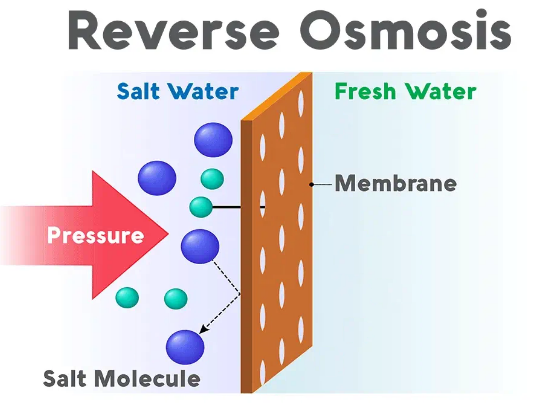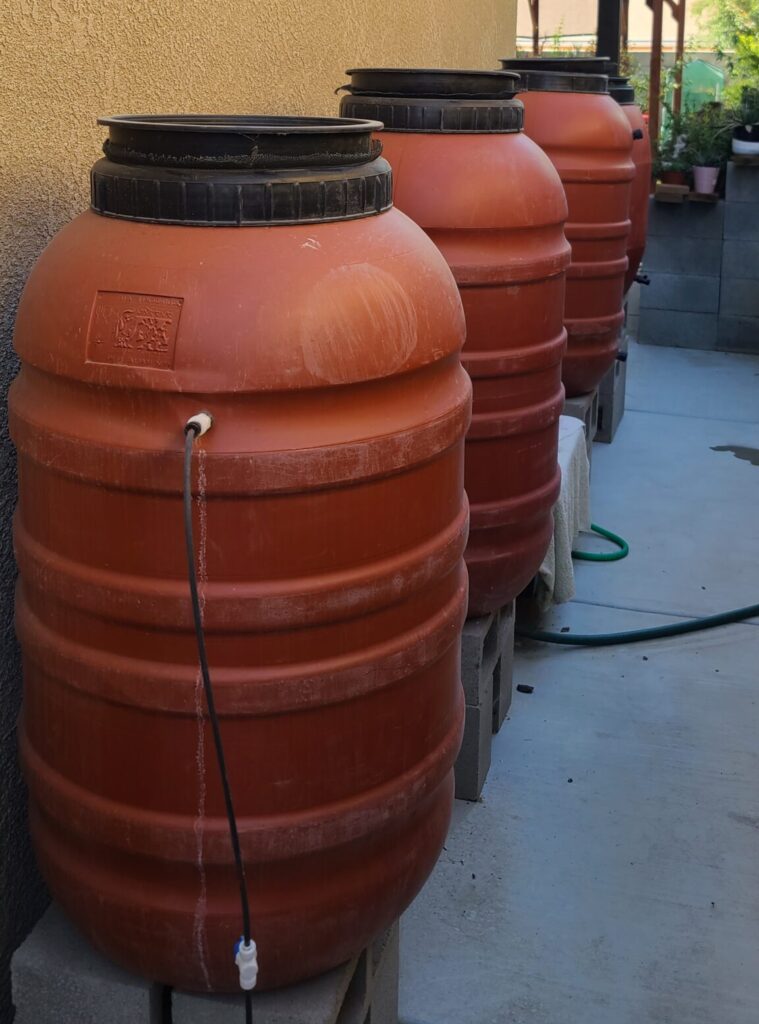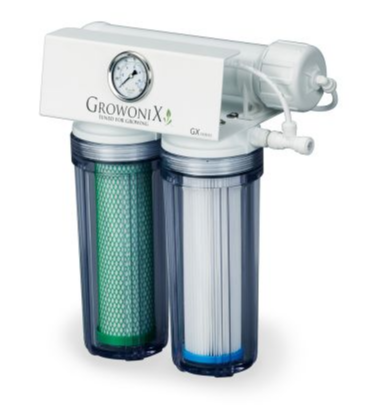Do you ever find yourself facing challenges in nurturing your bonsai trees, despite your best efforts? One often overlooked factor could be the water quality you’re using. In this comprehensive guide, we’ll delve into the world of reverse osmosis (RO) water and how it can revolutionize your bonsai cultivation journey. From understanding the fundamentals of reverse osmosis to exploring its benefits and drawbacks, let’s embark on a journey to discover how RO water can breathe new life into your bonsai trees
How to Grow Bonsai With Reverse Osmosis (RO) Water
Contents:
- Understanding Reverse Osmosis
- Can Reverse Osmosis Benefit Bonsai Trees?
- Why Embrace Reverse Osmosis for Bonsai Trees?
- The Science Behind Reverse Osmosis Impact
- Choosing the Right RO Setup
- Considering the Drawbacks
- Conclusion
*click above to jump to the topic
Understanding Reverse Osmosis
Before we dive into the specifics of using reverse osmosis water for bonsai trees, let’s uncover the essence of reverse osmosis itself. Reverse osmosis, often abbreviated as RO, is a cutting-edge water purification technique. It employs a semipermeable membrane to filter out dissolved solids and impurities from water, resulting in a remarkably clean and pure water source. This process is widely acclaimed for its effectiveness in eliminating bacteria, viruses, and various contaminants, making it a staple in industries such as drinking water purification and even large-scale desalination plants.

Can RO Water Benefit Bonsai Trees?
You might be wondering, how does this high-tech water purification method relate to bonsai cultivation? Well, the answer lies in the exceptional filtration capabilities of reverse osmosis. When applied to bonsai trees, an RO system serves two essential functions: utilizing pressure to filter water and utilizing a semipermeable membrane to permit water molecules to pass while retaining almost all other molecules and impurities. While some essential elements like calcium, magnesium, and potassium are stripped away, it’s crucial to supplement your RO water with a comprehensive nutrient solution containing all the necessary elements to ensure the well-being of your bonsai trees.
Why Embrace Reverse Osmosis for Bonsai Trees?
You might recall reading about water quality in our previous blog post at Guide to Bonsai Water Quality. The essential takeaway is that thriving, healthy trees indicate good water quality, while struggling trees could be indicative of water-related issues. If your tap water has a Total Dissolved Solids (TDS) reading above 250, it might be time to consider the benefits of reverse osmosis. Personal experiences often hold valuable insights, as shared by a seasoned bonsai enthusiast who faced multiple challenges with his Trident Maples, Japanese Maples, and Quince trees. After consulting an expert grower and switching to RO water due to poor city water quality, a transformation occurred, turning unhealthy trees into vibrant, lush green specimens.
In the future I will post my RO Full System Setup.

The Science Behind RO's Impact
Most water sources inherently contain minerals and nutrients, making it challenging to precisely determine nutrient ratios for supplementation. By opting for reverse osmosis, you reset the balance, starting with a blank canvas. This allows you to tailor the perfect nutrient composition for your bonsai trees, ensuring optimal growth and development. Additionally, RO water purges potentially harmful chemicals and pests, contributing to overall tree health and, in extreme cases, potentially saving them from peril. There’s lots of way’s to bring back the nutrient after going through the RO Membrane, first is you can add back Tap Water. lots of practitioner suggest 20% tap 80% RO water should be enough. Another way to bring back nutrients is using product like Cal Mag
Choosing the Right RO Setup
Selecting the ideal reverse osmosis system can be overwhelming amidst the myriad options available. Personal research led to the discovery of a standout choice: the Growonix GX200. With a three-year track record, this system proved its mettle by delivering outstanding results. What sets it apart is its High Flow Membrane, designed for efficient water flow while allowing some mineral or nutrients (this means I dont need to add back minerals and nutrients to the water because it allow some of it go pass through). This choice not only saves time but also eliminates the need for meticulous mineral addition and measurement.

Considering the Drawbacks
No solution is without its downsides, and reverse osmosis is no exception. One key disadvantage is water wastage – since only purified water is retained, the discarded water can be considered wasteful. However, creative repurposing, such as using the excess water for lawn or landscape trees, can mitigate this issue. Additionally, there’s a financial aspect, with the yearly cost of membrane replacement adding to the expenses of using RO water.
Conclusion
In summary, if your tap water quality falls short or you’re striving for optimal bonsai health and growth, incorporating a reverse osmosis system could be a game-changer. Whether you’re an enthusiast tending to a few beloved trees or engaged in larger-scale setups, the simplicity and benefits of RO water are undeniable. By eliminating the complexity of water TDS considerations and ensuring a clean, nutrient-balanced foundation, reverse osmosis paves the way for thriving bonsai trees. So, here’s to a flourishing bonsai journey, powered by the wonders of RO technology!